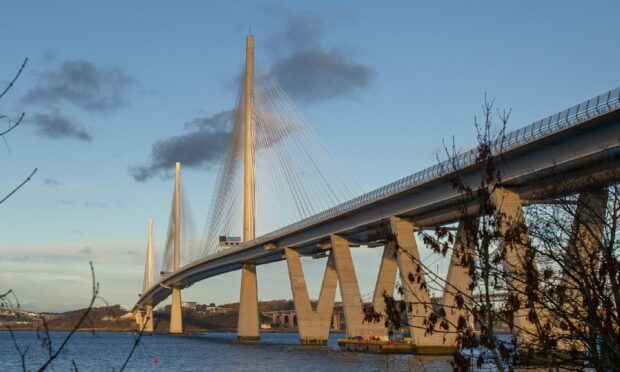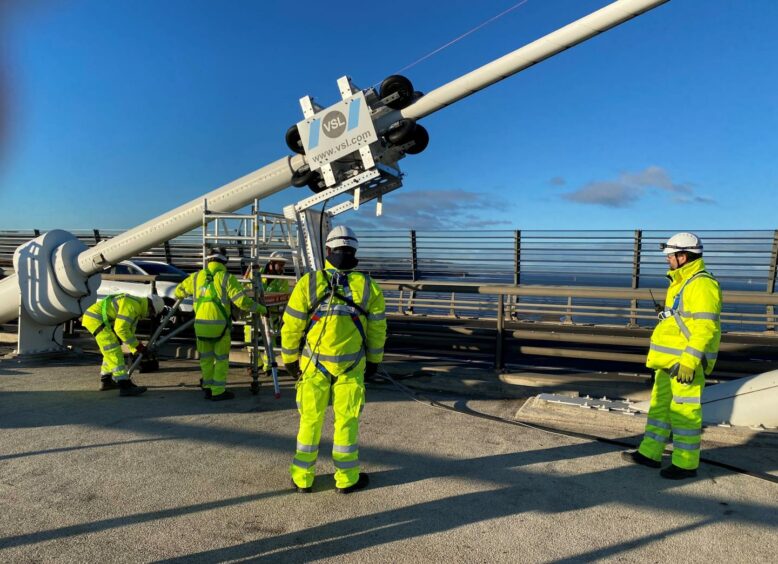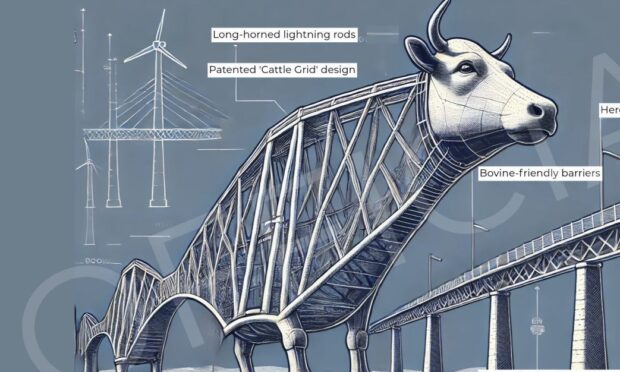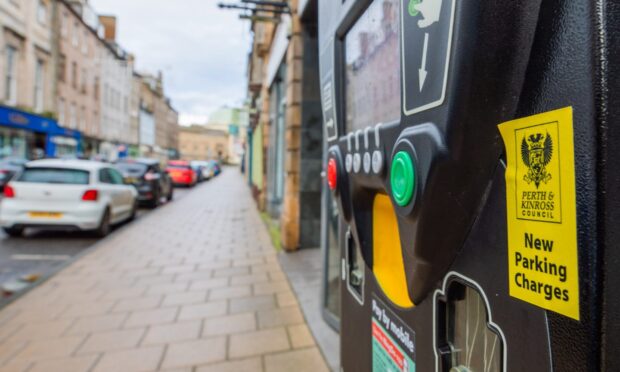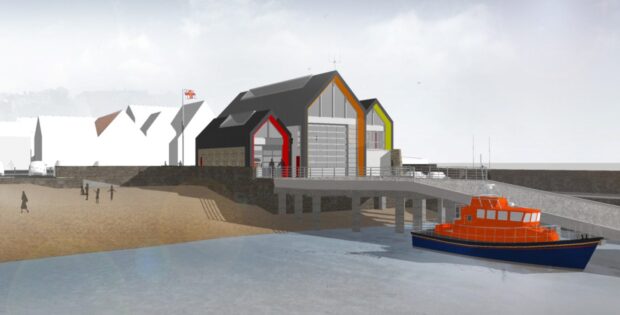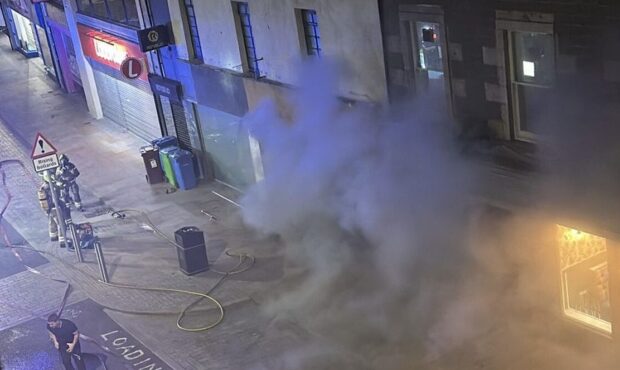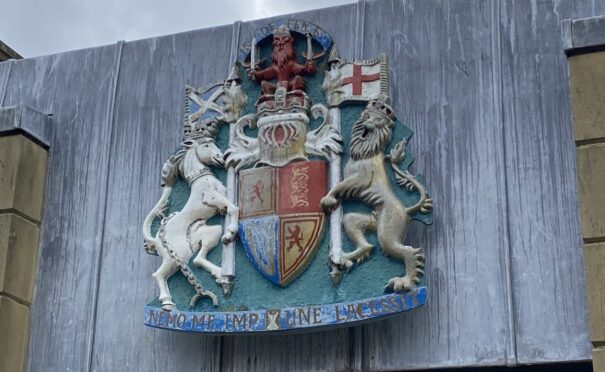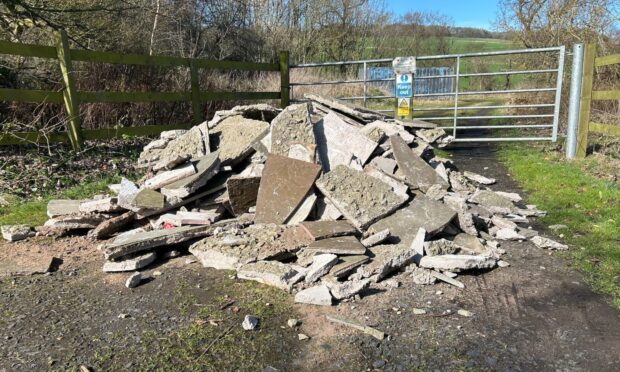More tests are needed to prevent ice build-up on the Queensferry Crossing, engineers have warned.
The cables and towers of the bridge have been known to accumulate ice, which can cause danger to road users, leading to closures.
Currently sensors are being used to monitor the accumulation of ice and tests have shown cleaning cables has helped prevent ice forming.
A range of other measures were also introduced, but Bear Scotland, which maintains the bridge for Transport Scotland, says more testing is needed in the coming months.
Until a solution can be found, the bridge is left vulnerable to closure, causing major disruption.
What tests have been carried out so far?
The cables on the north tower of the Queensferry Crossing were cleaned between September and November 2021.
The central and south towers were left uncleaned so a comparison could be made over the winter period should any ice accretion occur.
Ice accretion is the term used to describe the build-up of ice on the cables of the bridge.
Cleaning of the cables was followed by tests at the Jules Verne Climatic Wind Tunnel in Nantes.
This is a specialised research facility which can replicate the specific combination of weather conditions that causes ice build up.
Tests were also carried out on cable pipes coated with specialist coatings, and de-icing compounds. These were carried out on a mock-up section of the Queensferry Crossing’s concrete towers.
Out of all of these tests, cleaning was found to be the best option for preventing build-up of ice on the cables.
Chris Tracey, bridges manager of BEAR Scotland, says: “We won’t know for sure until we experience another incident of ice accretion on the bridge itself, however these test results give cause for cautious optimism that cleaning may have a beneficial effect.
“Further tests are required to measure the extent of this effect under a wider range of conditions, and we will continue to monitor the cables closely on site.
“Tests of specialist coatings on the concrete tower also showed promising results, however further work is required to verify these results and to identify how these coatings might be used in practice.
“Ice accretion is not a problem unique to the Queensferry Crossing.
“Other major bridges around the world experience similar issues and we hope that the research and development carried out here will ultimately be of wider benefit.”
